In a sector that’s largely unorganised and dominated by family-run set ups, private equity and outdoor media owners are becoming strange bedfellows.
MUMBAI: In a sector that’s largely unorganised and dominated by family-run set ups, private equity and outdoor media owners are becoming strange bedfellows. But there’s also a catch — currently, most of the funding is going into newer players with interests beyond conventional media.
Recently, Warburg Pincus invested about Rs 276 crore in the out-of-home (OOH) advertising company Laqshya Media.
UTI Venture Funds, which is largely credited with identifying the sector, also invested an additional Rs 25 crore in the company taking the total investment to Rs 301 crore. The company had picked up a 15% stake in Laqshya for Rs 45 crore in October 2006.
Earlier this year, another OOH media firm received funding to the tune of $50 million from Goldman Sachs and Lehman Brothers.
Media reports now suggest that ICICI Ventures, Lehman and Goldman Sachs have lined up plans to pick up around 15-20% stake in the Bangalore-based OOH advertising firm Serve & Volley for Rs 250 crore.
Industry observers say there are a couple of reasons why private equity firms are investing in Laqshya.
One reason being Laqshya is building and expanding a strong presence in India and also expanding its footprint in countries like Sri Lanka, UAE, Africa and South-East Asia.
“Long-term contracts are being put into place. Bangladesh could be next on our cards. Laqshya’s air-conditioned bus shelters, which it set up through its subsidiary Right Angle Media in Dubai, is a quantum leap in technological design by OOH companies. This is making Laqshya attractive to investors,” says an industry observer.
Digital media assets are also a key. A year back, Chinese OOH company Focus Media and private equity player 3i invested in Ishan Raina-led OOH Media, which specialises in digital out-of-home television screens. “Targeted at the SEC A audience located in technoparks and industrial estates, we’ve made OOH audio visual and have mapped the existence of our TG in a manner similar to his daily schedule,” says Raina. With 4,500 screens already in major cities, the company plans to invest in about 30,000 screens in the next 2 years.
Ismail Dabhoya, senior VP, finance and commercial, Adlabs Films Ltd, said capital investment is especially going into new age media, signages in malls and multiplexes.
Gaurav Deepak, MD, Avendus Capital, says, “Its an exciting business to be in. Private equity players can expect at least 25-30% returns on investments over a period of 3-4 years.”
The digital nature of most of these OOH media assets means effective inventory utilisation, which allows multiple advertisers. It’s made entrepreneurs like Gaurang Shah, CEO, Digital Signage Networks (DSN), also jump on the bandwagon.
The start-up is funded by Sequoia Capital and has a star-studded board of directors including the likes of Sam Balsara (chairman and MD, Madison Communications), R Ramaraj (ex-CEO and founder of Sify) and K P Balaraj (MD, Sequoia Capital).
“It’s a cash-rich business and private equity investors want you to generate cash quickly. Anything beyond conventional advertising on billboards is welcome for many of them. Focus areas such as street furniture are exciting for them, where there is less competition but more entry barriers,” Shah said.
The rub-off of these investments is being felt by unorganised players, most of whom are now entering the race for high-valuations.
Noomi Mehta, chairman and MD, Selvel Advertising, says the race for high valuations could result in overbidding. “In the race for higher valuations, bids for bus shelters, which was earlier in the range of Rs 7,000, have shot to Rs 4 lakh.”
Avendus Capital’s Deepak enlists government’s strict regulatory environment and non-creation of enough media assets among possible risk factors in this business.
Sam Balsara, chairman and MD, Madison Communications, further points out the need to realise that while one may be bullish about the sector, but “it still comprises only 7% of the whole advertising pie of Rs 20,000 crore.” “OOH companies will have to decide whether they chase revenues or valuations. Ultimately, a valuation that is not backed by numbers is not sustainable,” he said.
c_arcopol@dnaindia.net![submenu-img]() Meet man who once suffered loss of Rs 15 crore, then built Rs 2000 crore turnover company at 60, he is…
Meet man who once suffered loss of Rs 15 crore, then built Rs 2000 crore turnover company at 60, he is…![submenu-img]() 'They did her dirty': Aishwarya Rai fans criticise stylist for her 'failed art project' outfit on Cannes red carpet
'They did her dirty': Aishwarya Rai fans criticise stylist for her 'failed art project' outfit on Cannes red carpet![submenu-img]() Woman walks on the streets of Tokyo in saree, viral video shows people’s reaction
Woman walks on the streets of Tokyo in saree, viral video shows people’s reaction![submenu-img]() Blinkit offering ‘free dhaniya’ with vegetable orders, people now asking for free…
Blinkit offering ‘free dhaniya’ with vegetable orders, people now asking for free…![submenu-img]() Kartam Bhugtam: Shreyas Talpade-starrer is a riveting dive into the unknown
Kartam Bhugtam: Shreyas Talpade-starrer is a riveting dive into the unknown![submenu-img]() Meet PhD wife of IIT graduate hired at Rs 100 crore salary package, was fired within a year, he is now…
Meet PhD wife of IIT graduate hired at Rs 100 crore salary package, was fired within a year, he is now…![submenu-img]() Meet woman not from IIT, IIM or NIT, cracked UPSC exam in first attempt with AIR...
Meet woman not from IIT, IIM or NIT, cracked UPSC exam in first attempt with AIR...![submenu-img]() Maharashtra Board Results 2024: MSBSHSE class 10th, 12th results soon, know how to check results via SMS
Maharashtra Board Results 2024: MSBSHSE class 10th, 12th results soon, know how to check results via SMS![submenu-img]() Meet Indian genius who became world’s 'youngest' surgeon at 7, worked in IIT for...
Meet Indian genius who became world’s 'youngest' surgeon at 7, worked in IIT for...![submenu-img]() Meet Kashmir boy, who is JEE topper, wants to pursue Computer Science, he aims to clear...
Meet Kashmir boy, who is JEE topper, wants to pursue Computer Science, he aims to clear...![submenu-img]() DNA Verified: Is CAA an anti-Muslim law? Centre terms news report as 'misleading'
DNA Verified: Is CAA an anti-Muslim law? Centre terms news report as 'misleading'![submenu-img]() DNA Verified: Lok Sabha Elections 2024 to be held on April 19? Know truth behind viral message
DNA Verified: Lok Sabha Elections 2024 to be held on April 19? Know truth behind viral message![submenu-img]() DNA Verified: Modi govt giving students free laptops under 'One Student One Laptop' scheme? Know truth here
DNA Verified: Modi govt giving students free laptops under 'One Student One Laptop' scheme? Know truth here![submenu-img]() DNA Verified: Shah Rukh Khan denies reports of his role in release of India's naval officers from Qatar
DNA Verified: Shah Rukh Khan denies reports of his role in release of India's naval officers from Qatar![submenu-img]() DNA Verified: Is govt providing Rs 1.6 lakh benefit to girls under PM Ladli Laxmi Yojana? Know truth
DNA Verified: Is govt providing Rs 1.6 lakh benefit to girls under PM Ladli Laxmi Yojana? Know truth![submenu-img]() Aishwarya Rai Bachchan turns heads in intricate black gown at Cannes, walks the red carpet with injured arm in cast
Aishwarya Rai Bachchan turns heads in intricate black gown at Cannes, walks the red carpet with injured arm in cast![submenu-img]() Laapataa Ladies' Poonam aka Rachna Gupta looks unrecognisable in viral photos, amazes with jaw-dropping transformation
Laapataa Ladies' Poonam aka Rachna Gupta looks unrecognisable in viral photos, amazes with jaw-dropping transformation![submenu-img]() In pics: Taarak Mehta Ka Ooltah Chashmah actress Deepti Sadhwani dazzles in orange at Cannes debut, sets new record
In pics: Taarak Mehta Ka Ooltah Chashmah actress Deepti Sadhwani dazzles in orange at Cannes debut, sets new record![submenu-img]() Ananya Panday stuns in unseen bikini pictures in first post amid breakup reports, fans call it 'Aditya Roy Kapur's loss'
Ananya Panday stuns in unseen bikini pictures in first post amid breakup reports, fans call it 'Aditya Roy Kapur's loss'![submenu-img]() Remember Harsh Lunia? Just Mohabbat child star, here's how former actor looks now, his wife is Bollywood's popular...
Remember Harsh Lunia? Just Mohabbat child star, here's how former actor looks now, his wife is Bollywood's popular...![submenu-img]() Haryana Political Crisis: Will 3 independent MLAs support withdrawal impact the present Nayab Saini led-BJP government?
Haryana Political Crisis: Will 3 independent MLAs support withdrawal impact the present Nayab Saini led-BJP government?![submenu-img]() DNA Explainer: Why Harvey Weinstein's rape conviction was overturned, will beleaguered Hollywood mogul get out of jail?
DNA Explainer: Why Harvey Weinstein's rape conviction was overturned, will beleaguered Hollywood mogul get out of jail?![submenu-img]() What is inheritance tax?
What is inheritance tax?![submenu-img]() DNA Explainer: What is cloud seeding which is blamed for wreaking havoc in Dubai?
DNA Explainer: What is cloud seeding which is blamed for wreaking havoc in Dubai?![submenu-img]() DNA Explainer: What is Israel's Arrow-3 defence system used to intercept Iran's missile attack?
DNA Explainer: What is Israel's Arrow-3 defence system used to intercept Iran's missile attack?![submenu-img]() 'They did her dirty': Aishwarya Rai fans criticise stylist for her 'failed art project' outfit on Cannes red carpet
'They did her dirty': Aishwarya Rai fans criticise stylist for her 'failed art project' outfit on Cannes red carpet![submenu-img]() Kartam Bhugtam: Shreyas Talpade-starrer is a riveting dive into the unknown
Kartam Bhugtam: Shreyas Talpade-starrer is a riveting dive into the unknown![submenu-img]() Richa Chadha says Heeramandi co-star Sharmin Segal being trolled for her performance is 'audience’s right'
Richa Chadha says Heeramandi co-star Sharmin Segal being trolled for her performance is 'audience’s right'![submenu-img]() Meet only Indian actress whose film is competing for top prize at Cannes; not Aishwarya, Deepika, Kiara, Priyanka, Alia
Meet only Indian actress whose film is competing for top prize at Cannes; not Aishwarya, Deepika, Kiara, Priyanka, Alia![submenu-img]() How two heroines beat Rajinikanth, Vijay, Dhanush to give Tamil cinema's biggest hit of 2024; low-budget film earned...
How two heroines beat Rajinikanth, Vijay, Dhanush to give Tamil cinema's biggest hit of 2024; low-budget film earned...![submenu-img]() Woman walks on the streets of Tokyo in saree, viral video shows people’s reaction
Woman walks on the streets of Tokyo in saree, viral video shows people’s reaction![submenu-img]() Why Australians walk barefoot in public: Here’s the reason
Why Australians walk barefoot in public: Here’s the reason![submenu-img]() People in this country compete to see who’s best at doing nothing, here's why
People in this country compete to see who’s best at doing nothing, here's why![submenu-img]() Viral video: Influencer dressed as 'Manjulika' dances on crowded road, internet reacts
Viral video: Influencer dressed as 'Manjulika' dances on crowded road, internet reacts![submenu-img]() Viral video: Baby elephant receives 'Z-category security' during family nap in Tamil Nadu reserve
Viral video: Baby elephant receives 'Z-category security' during family nap in Tamil Nadu reserve

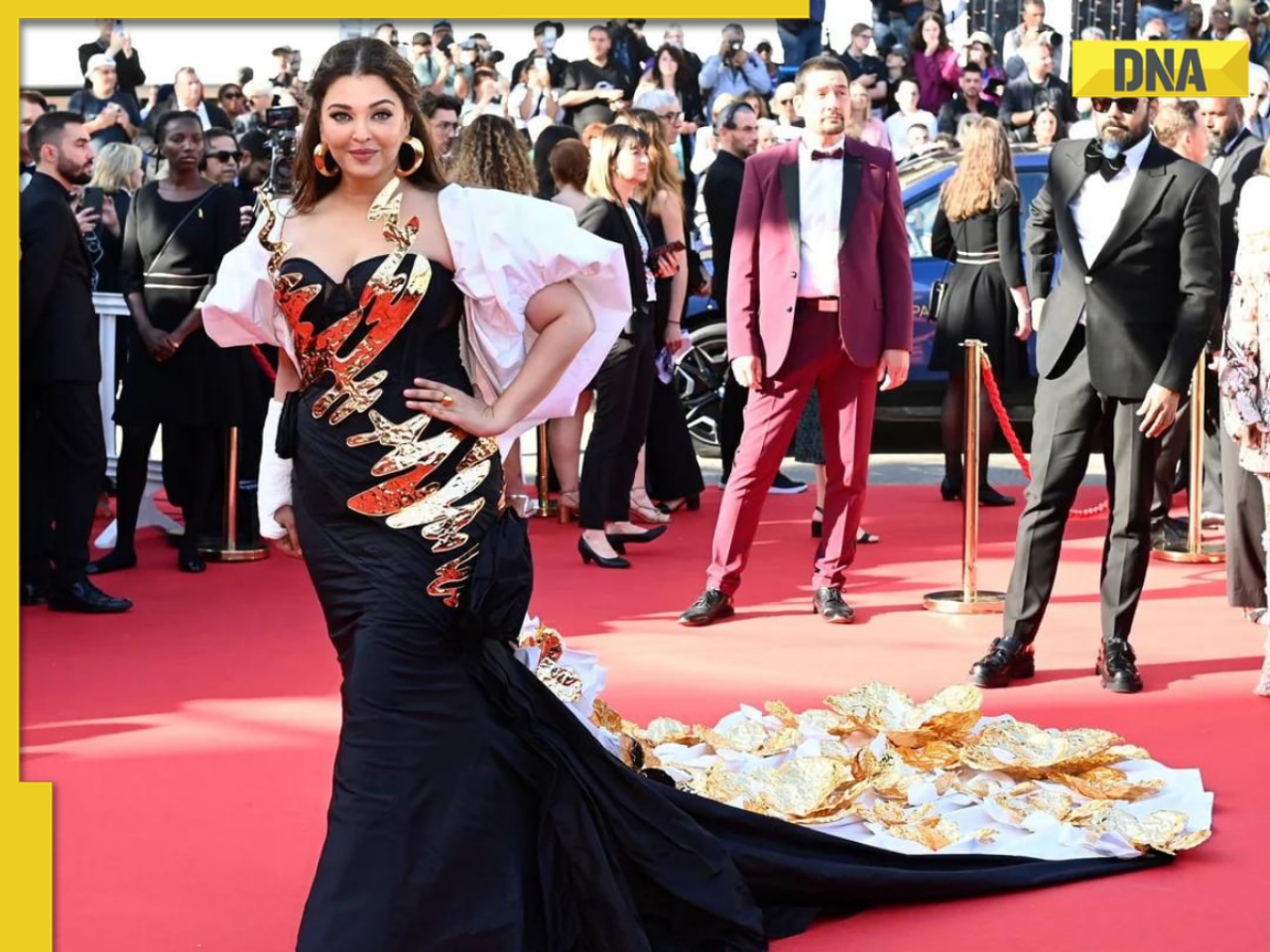

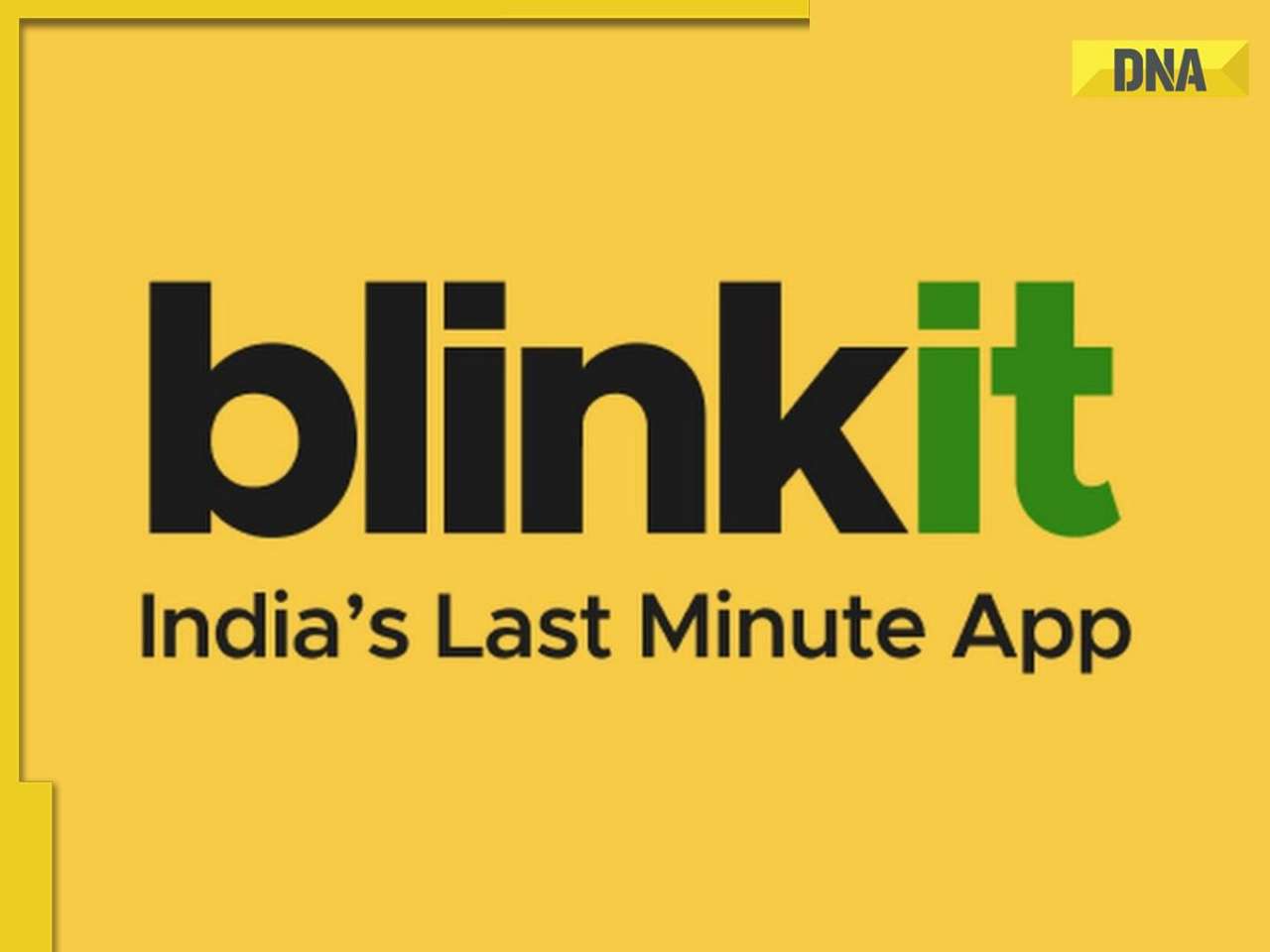








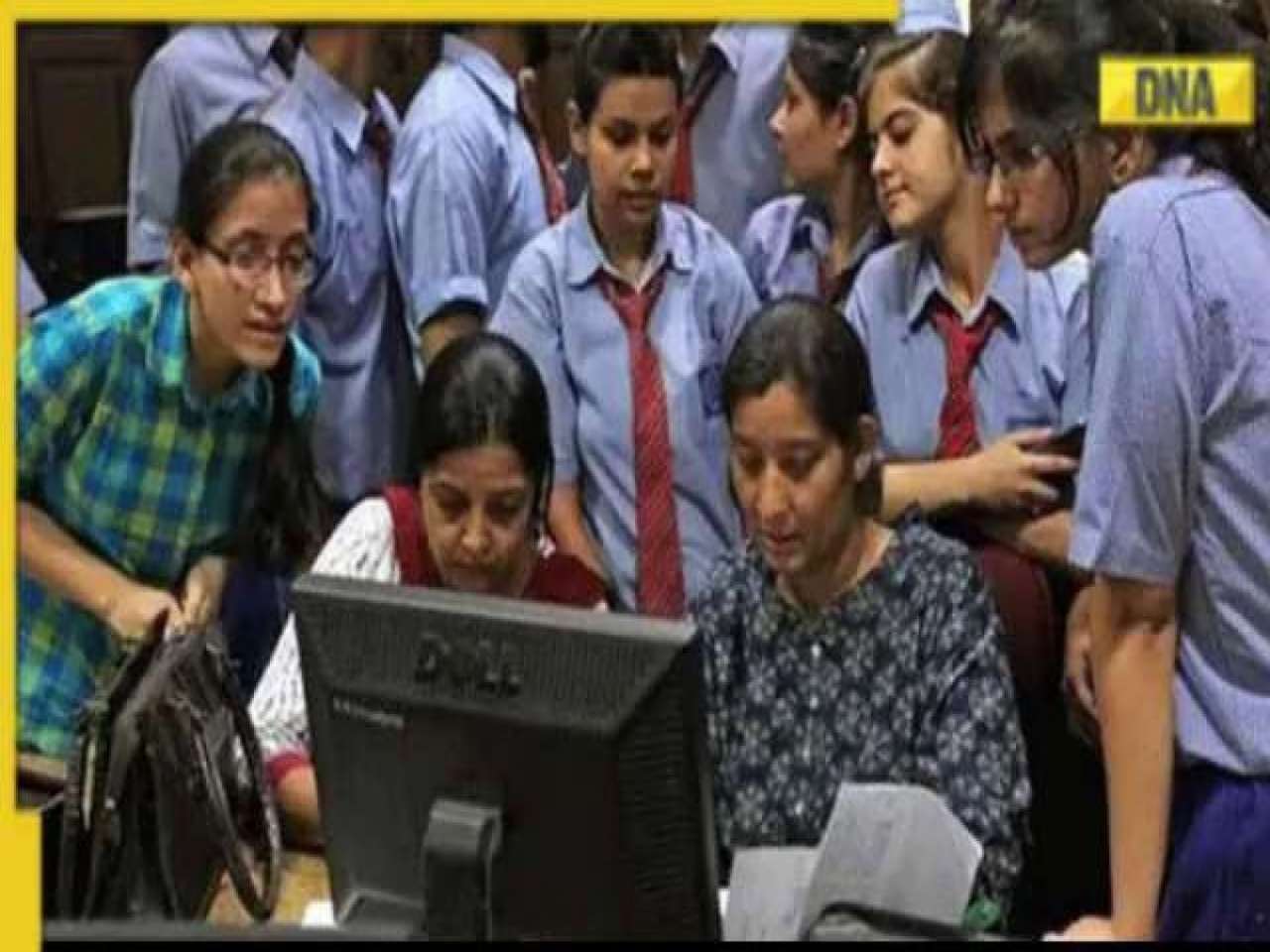

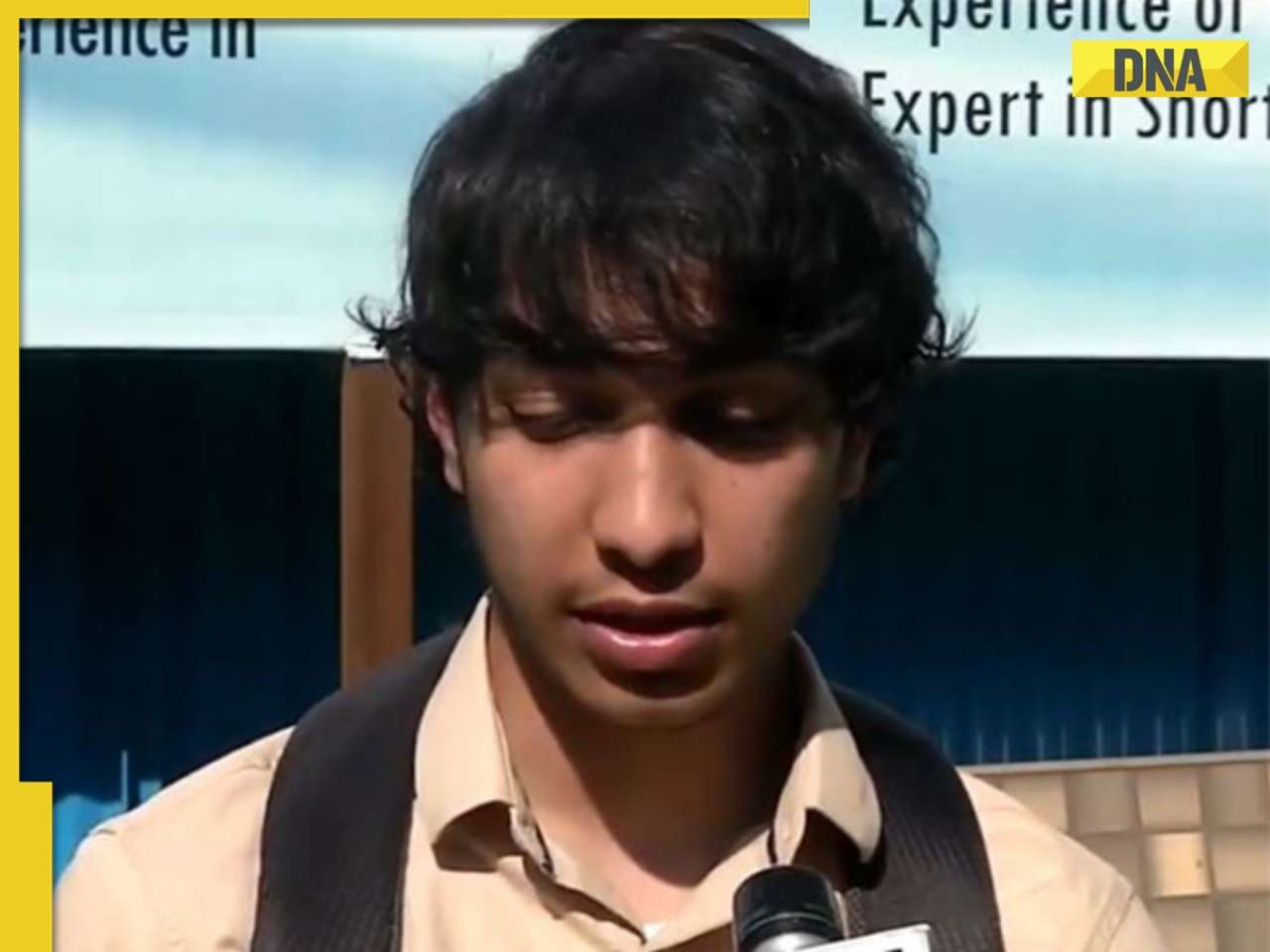



















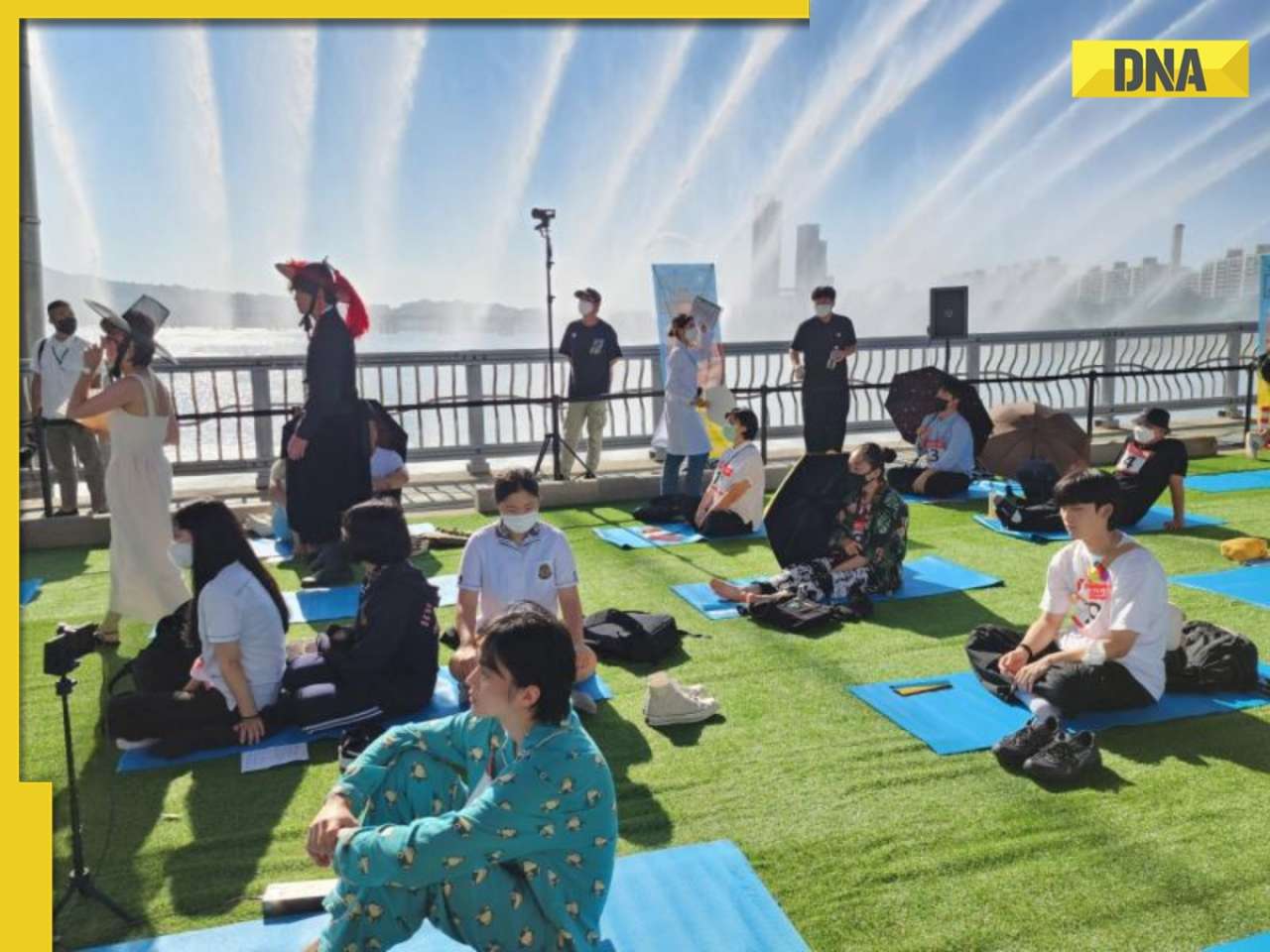









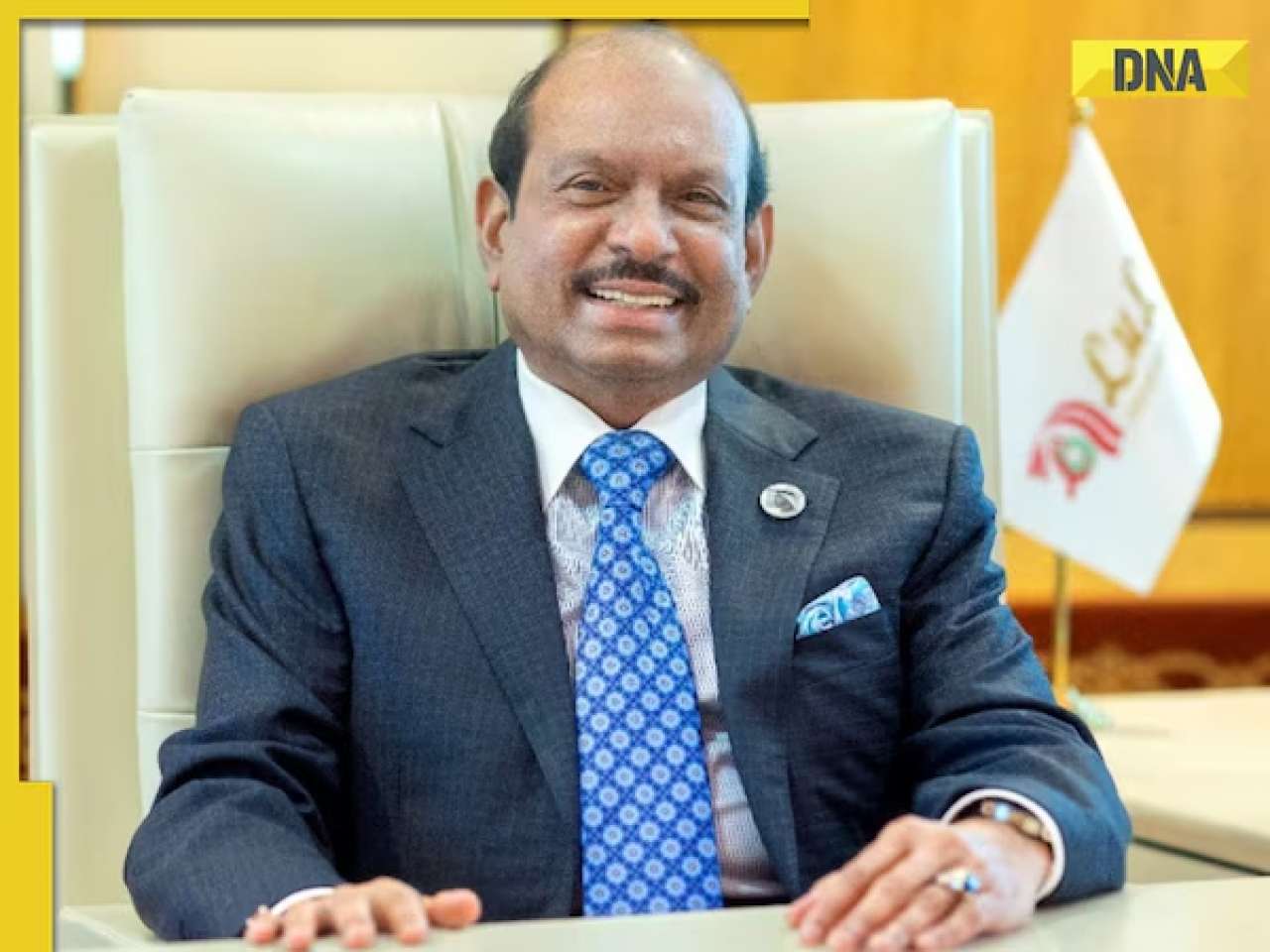

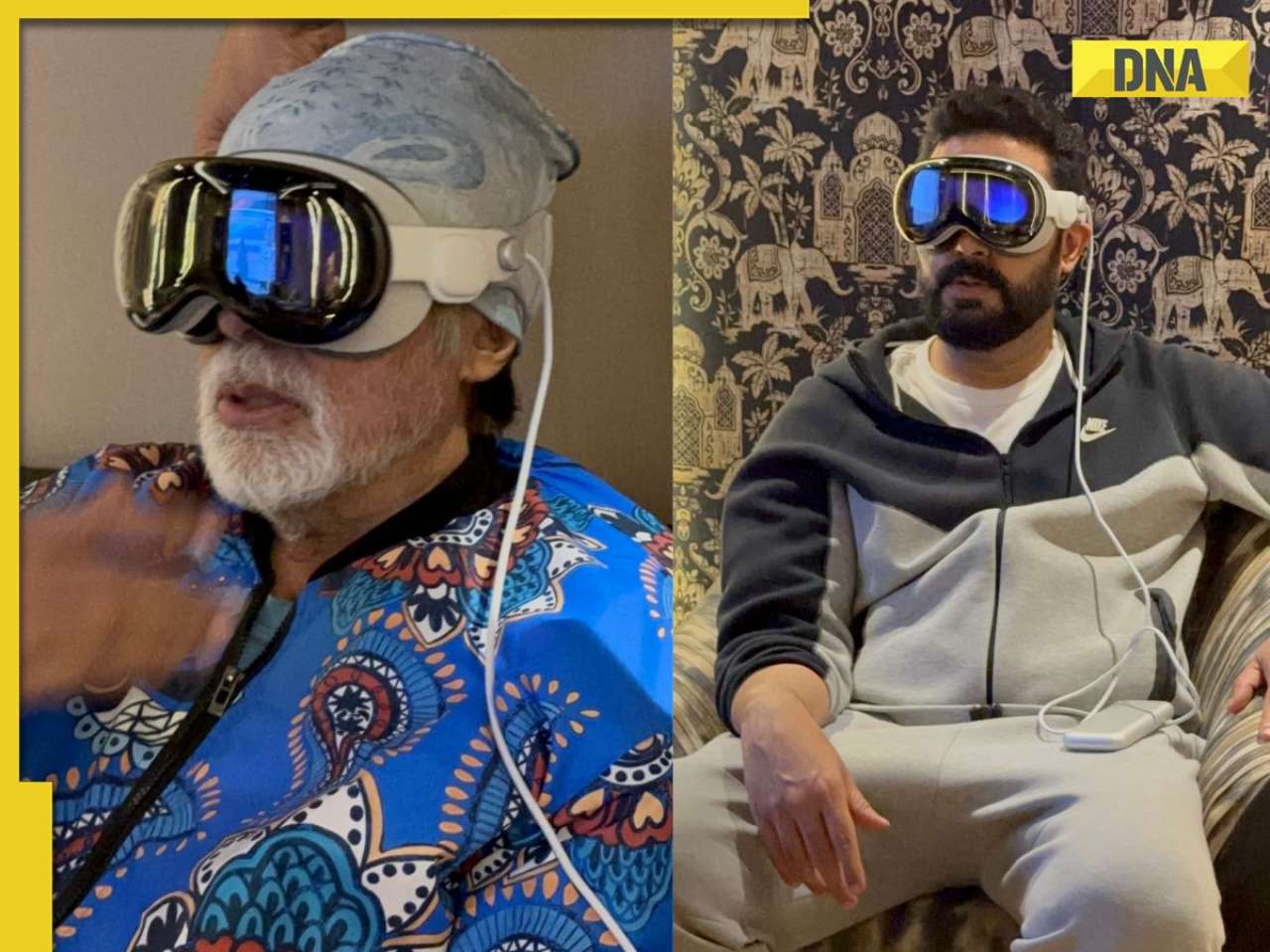










)
)
)
)
)
)